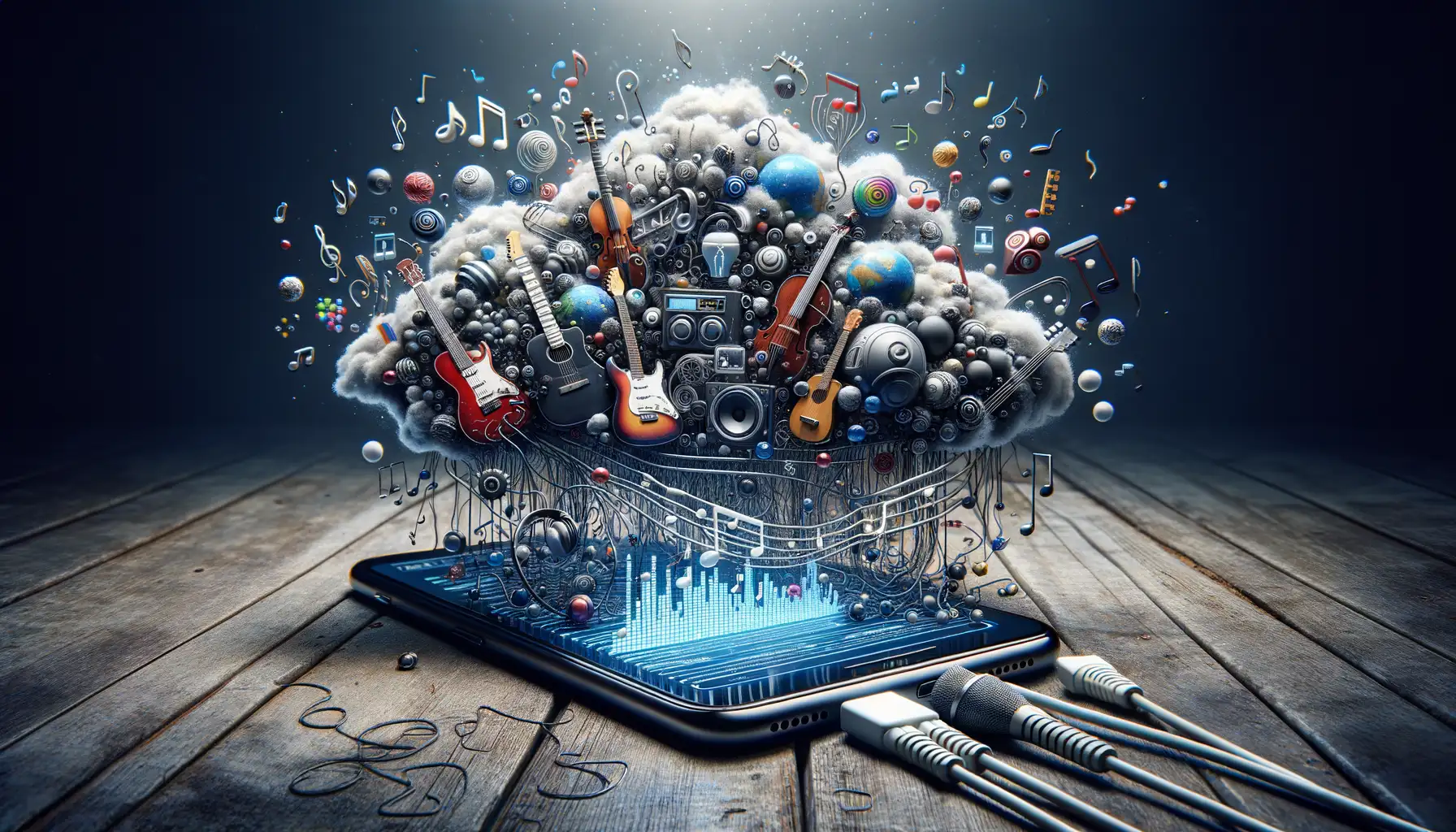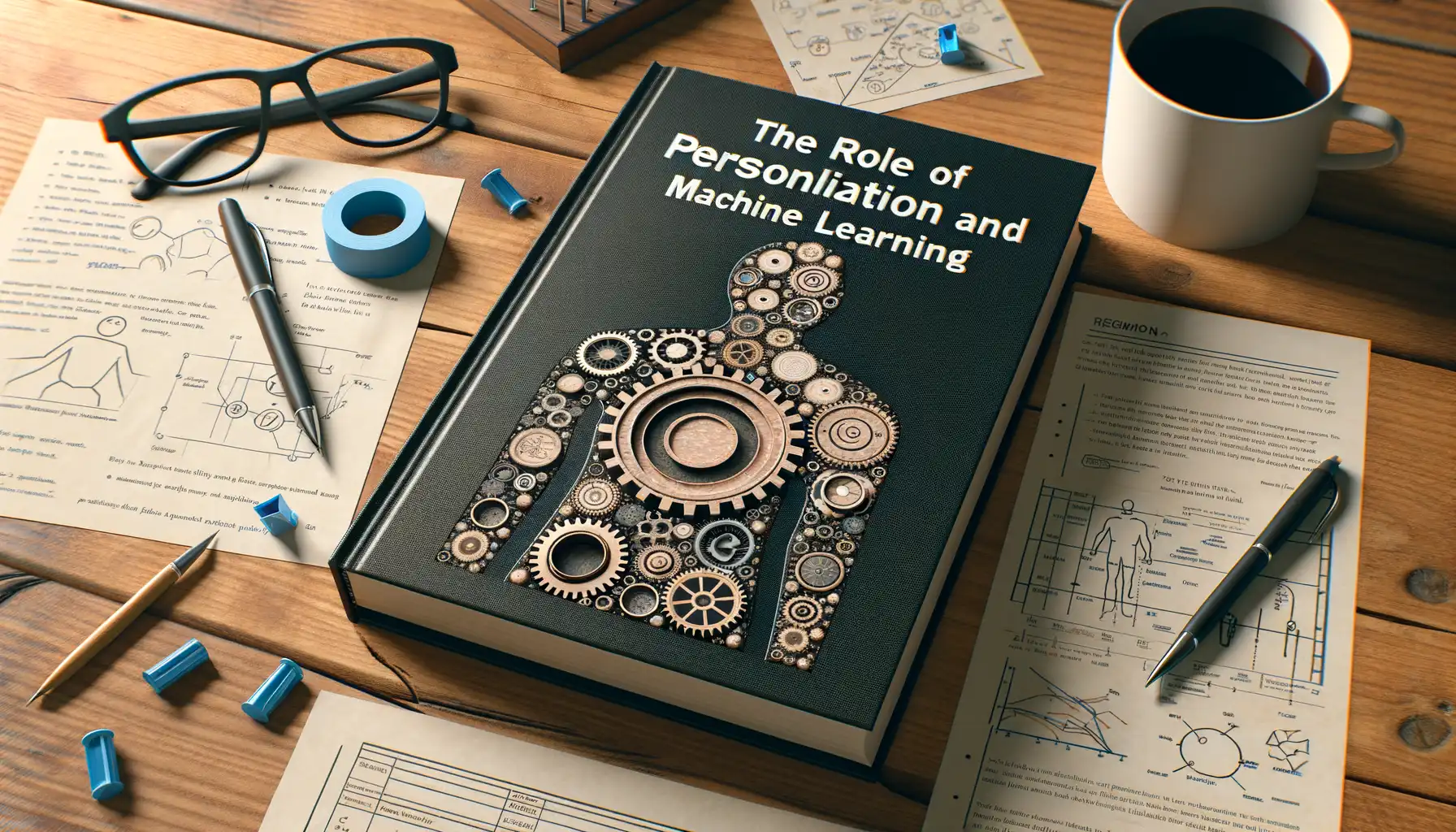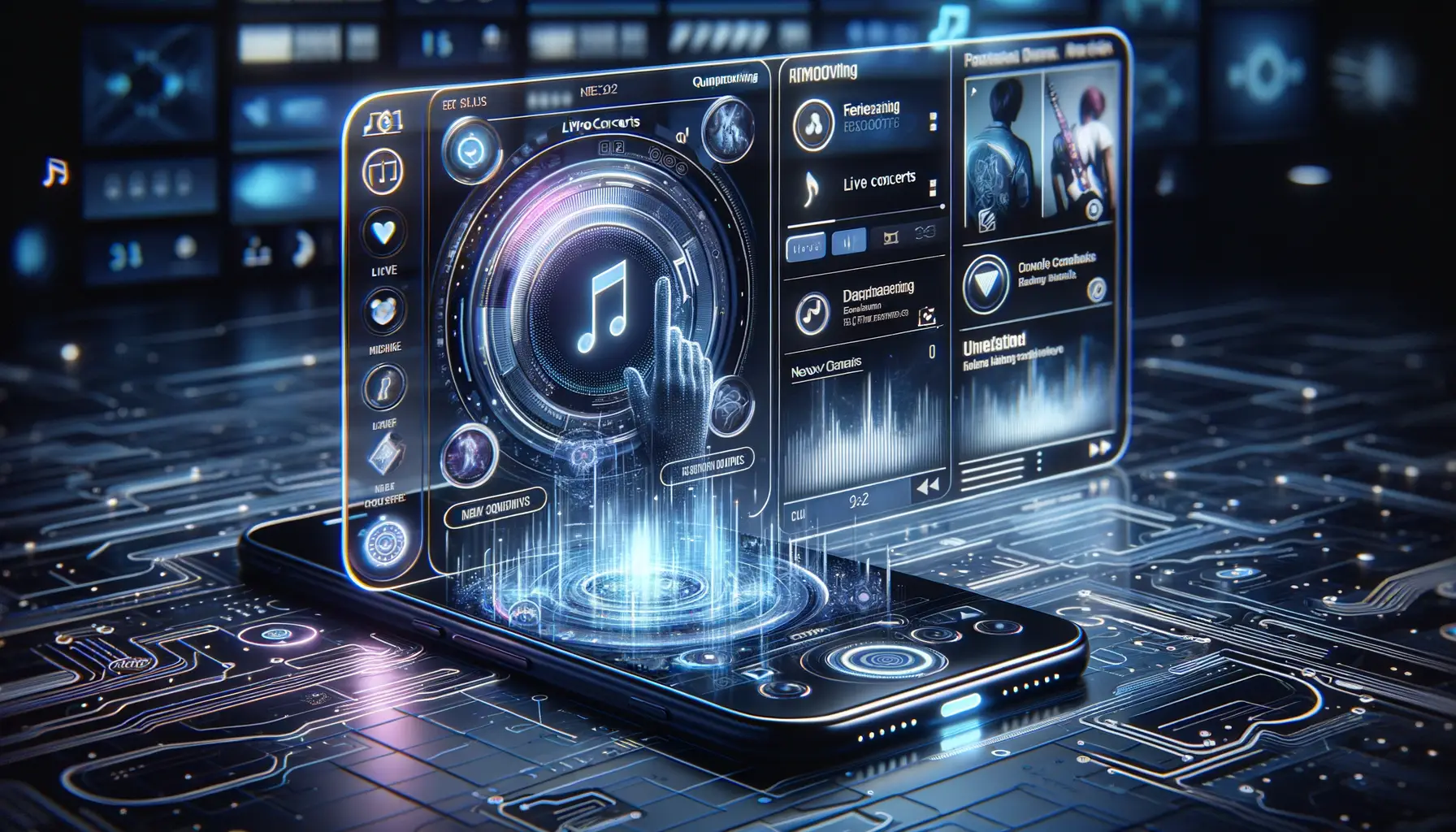The Evolution of AI in Music App UI Design
From Analog Simplicity to AI Symphony
Think back to music apps in their early days. They were like those old jukeboxes—you’d scroll through, pick a track, hit play, and that was it. No frills, no fireworks. But oh, how the tides have turned! With the rise of AI-powered interfaces, music apps have gone from being static playlists to deeply intuitive companions.
The first big leap? Recommendation systems. Remember when Spotify introduced Discover Weekly? It felt like magic—how could an app know your taste better than you did? But behind the curtain was the wizardry of AI, analyzing your habits and predicting what would hit just right.
Then came the evolution of UI itself. Gone were the endless drop-down menus, replaced by sleek, adaptive designs. Apps began to mold themselves to the user: integrating voice commands, suggesting curated mixes, and even introducing mood-based playlists.
- Context awareness: Listening to chill beats on a rainy morning? AI caught on.
- Dynamic visuals: Album art and themes that responded to the time of day or genre you played most.
These changes weren’t about aesthetics alone; they transformed how we connect with music—and with ourselves.
Key Innovations Shaping the Future

Revolutionary Tools Taking Center Stage
Imagine opening your favorite music app and feeling like it just *gets* you. That’s not magic—it’s the power of AI-driven design innovations. One standout is the use of emotion recognition technology. Today’s AI can analyze your facial expressions or tone of voice to predict your mood and serve up tracks that match your vibe. Feeling contemplative? Cue the acoustic hits. Just came back from a run? Here’s an upbeat playlist to keep the energy flowing.
Another head-turner? Generative AI for UI customization. Ever wondered what your app would look like if it matched, say, the neon glow of your gaming setup? AI now lets you seamlessly customize interfaces, from colors to layouts, turning your app into a digital extension of your personality.
- Voice-activated discovery: Skip the typing—simply ask for “that song with the great bassline” or hum a tune to find it.
- Real-time accessibility enhancements: Dynamic subtitles and visual sound cues make the experience more inclusive than ever.
Immersive Listening Experiences Redefined
Here’s where we’re entering sci-fi territory: AI is creating immersive environments that revolutionize how we interact with music. Imagine syncing your music with augmented reality visuals on smart glasses. Picture a pulsating galaxy forming around you as you listen to EDM or serene forest imagery accompanying a classical symphony.
And let’s talk context-aware recommendations. Powered by sensors in your devices, AI can suggest music depending on whether you’re relaxing at home, sitting in a bustling café, or smashing out reps at the gym. It’s like having a DJ who knows exactly where you are—and exactly what you need.
What’s unfolding isn’t just evolution; it’s a whole new symphony of possibilities. Are you ready to tune in?
Challenges in Integrating AI into Music Apps

Where Innovation Meets Real-World Limitations
Integrating AI into music apps may sound like a match made in heaven, but it often feels like trying to teach a jazz band to play perfectly in sync with a robot drummer. The challenges? Oh, they’re many—and some are real head-scratchers.
For starters, there’s the balancing act between creativity and user expectations. Think about it: apps need to predict your musical cravings (like that rainy-day indie playlist you didn’t know you needed), but they also can’t overstep with recommendations that feel forced or overly repetitive. The worst? When AI misses the mark so badly it’s laughable—recommending dance beats to someone vibing to acoustic melodies.
And then there’s the massive elephant in the room: privacy and data ethics. AI thrives on data, and music apps collect a lot of it—what you listen to, when, even how often you skip songs. But drawing the line between personalization and intrusion isn’t always easy.
- Can users trust apps to responsibly manage this treasure trove of personal data?
- How do developers comply with strict privacy laws while still delivering seamless experiences?
As fantastic as AI is, its Achilles’ heel lies in these nuanced, human-focused dilemmas.
The Hidden Puzzle of Collaboration
Now let’s talk tech. The integration process isn’t just flipping a switch—it’s an intricate waltz of coding, testing, and fine-tuning. Merging AI into existing frameworks can occasionally feel like squeezing a grand piano into the backseat of a car. Developers wrestle with compatibility issues, algorithmic glitches, and immense computational needs.
Picture this: you’ve built a killer song-recognition feature, but now your app lags for users on budget smartphones. Or what if your AI learns biases from its training data—say, prioritizing mainstream tracks over emerging indie artists? These aren’t just tech hiccups; they ripple out, eroding trust and frustrating users who notice subtleties like these.
The truth? Building AI-powered music apps is rewarding, yes, but it’s no smooth symphony. It’s a journey, one instrument at a time.
The Role of Personalization and Machine Learning

Why Tailored Experiences Matter in Music Apps
Imagine opening your favorite music app and feeling like it truly gets you. Not just another playlist, but *your* playlist—crafted as if the app knows the soundtrack to your life. That’s the magic of combining personalization with the power of machine learning.
At its core, personalization isn’t just a box to check—it’s what transforms an app from okay to unforgettable. Machine learning quietly analyzes your choices: the songs you repeat endlessly, the genres you explore during late-night scrolls, even the tempo that matches your morning jog. The result? An experience that feels human-like, not algorithmic.
Take Spotify’s Discover Weekly. It doesn’t just offer songs; it offers surprises, sparking the joy of finding “that one track” as though a friend handed it to you. Personalization like this builds loyalty, excitement, and trust.
Ultimately, this is where AI shines brightest: turning cold data into deeply personal connections. Wouldn’t it be poetic if technology could finally understand us better than our closest friends?
Predictions for the Future of Music App Interfaces

The Rise of Invisible Interfaces
Imagine this: you open your favorite music app, but there’s no cluttered homepage, no endless scrolling. Instead, it just… knows. That’s where we’re headed. Future music app interfaces will likely become almost *invisible*, blending seamlessly into your life like a trusted companion who finishes your sentences.
Through advances in AI-driven voice recognition and gesture control, we might soon wave goodbye to traditional app layouts. Want to skip a track? A simple hand gesture in the air could become your next “button.” Need a playlist for your morning run? Just say, “Play something upbeat,” and voilà—your app responds, not with a random mix, but with tracks tailored specifically to motivate you, pacing your footsteps perfectly.
A World Where Music Gets Emotional
Ever feel like your music app doesn’t quite get your vibe? The future is all about emotional intelligence—literally. Apps will use emotion recognition technology, analyzing your voice tone, typing pattern, or even facial expressions through wearable tech. Think about sitting on your couch after a long day; the app notices how drained you seem and gently curates a soothing instrumental playlist without you lifting a finger.
Picture this: you’re running late, running stressed, and your app senses this heightened anxiety. Instead of another notification pinging, it suggests a calming playlist to help keep you grounded. The interface itself might shift colors depending on your mood: vibrant during excitement, muted during calm.
This isn’t just user-friendly. It’s soul-friendly.

